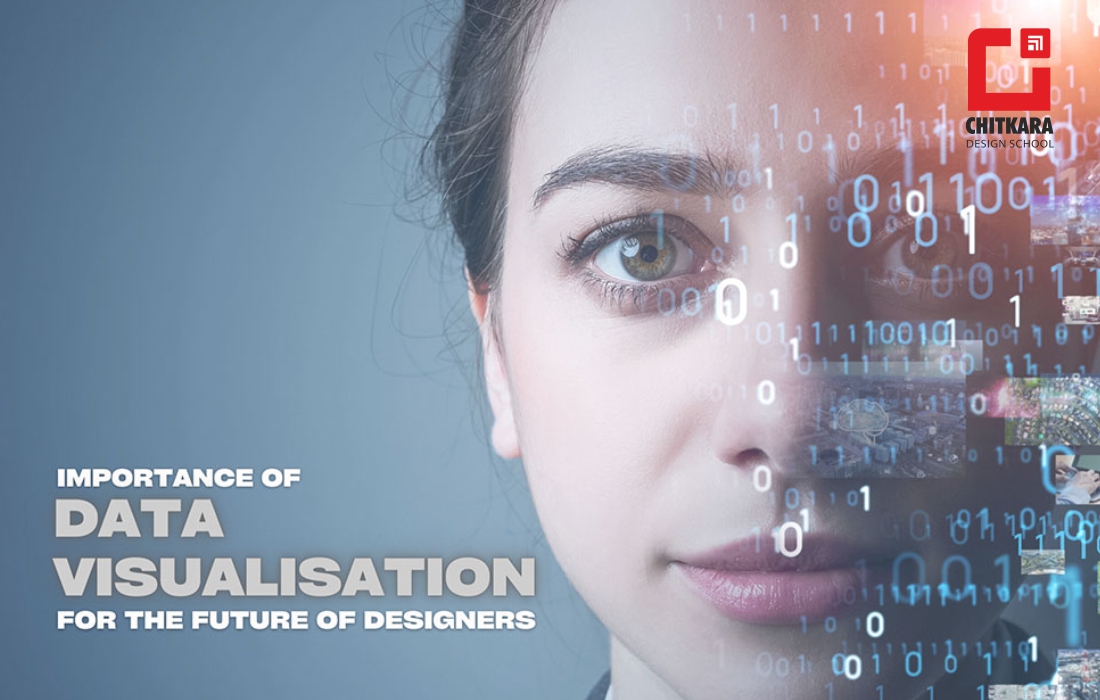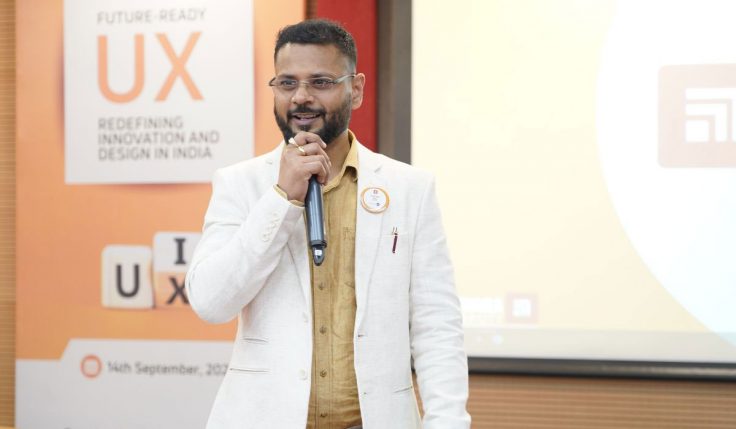We live in an era of digitalisation;VR, AR and the Metaverse offer us virtual dimensions where anything is possible. We have created multiverses using binaries and our imagination. Using the same imagination, picture a sales pitch to a prospective client. You are in the board room of the client trying to sell your product. Instead of using a Power Point presentation or a series of infographics, you are trying to convince the client to invest millions in your productusing tonnes of specifications, technical information, projections, and numbers. You might present the most accurate statistics through textual information and convince your clients that the product will save our planet, but just a lot of numbers and verbiage on the screen might seem too dense to the client. How about presenting your data in a dynamic and visually pleasing way that is easy to understand? This is data visualization, and it has changed the way we communicate not only for business, but complete design industry/ practices.
Data visualisation is the graphical depiction of data through visual elements such as charts, images, maps, or timeframes. It offers us an immersive experience into the world of virtual information where we can collate data, process it and present it to the audience using infographics. We live in a world of Big Data where the information we need is available and out there but processing it and portraying it through textual documents or tabular formats can be stressful, tedious, and rather unrewarding. Data visualisation tools allow us to explore visual elements and provide an accessible way to view and comprehend data trends, models, and patterns. For the audience, data visualization can help glean insights much more easily.
Studies at MIT have proved that 90% of the information that has been transmitted to the brain is visual and the human brain can process a singleimage in 13 milliseconds! This is decidedly smaller than the time taken to read through a table of numbers or a half a dozen bullet points and understand them. There are board room statistics as well about how visual information is perceived better by clients, customers, employees, and all other stakeholders. According to a Wharton School of Business study, the use of data visualisationsalong with verbal communication were found to be 17% more effective in conveying their message.
Here are some benefits of using data visualisation:
- Makes data easier tocomprehend
- Aids longer retention by brain
- Helps to deconstruct and form patters to help the listener
- Makes presentations visually appealing
- Listener / audience takes less time to assimilate the information
- Brings in operational efficiencies
- Provides actionable insights
Detailed studies were done to identify the benefits of data visualization.
- People who follow directions with visuals perform 323% better compared to individuals who heed text-only directions.
- 64% of participants in a Stanford Study made an immediate decision when an overview map was used in presentations.
- According to one survey, 48% of managers in firms that use visual data discovery tools can obtain the information they need without the assistance of IT personnel. In addition, 74% of firms that employ visual data discovery give managers the ability to make evaluations where warranted.
Data visualisationtools help in identifying behavioural patterns, climate issues, population trends and choices and even help in creating narratives. A good visual story helps with removing litter from all the data and makes sure the useful information is seen and heard with intent. Effective datavisualisationcombines form and function where data and design come hand in hand to create beautiful and memorable visuals. Data visualisationin a way is the combined effort of analysis and visual narration.
How are designers impacted by the new trends in data visualization, and how can they use it to make their designs more effective? When material designers or information designers use data visualisation tools and techniques to create infographic models, they ensure that these designs are accurate, helpful, and scalable. The future of data visualisationhas been taken to a whole new level owing to the Metaverse and virtual board meetings. Cluttered graphs are visual data models of the past. For the past few years, interactivity has been a key component of online visualisation tools. However, static as well as dynamic visualisations are increasingly dominating as the primary method visualisations are presented, particularly in news media. Any digital graph, map, or chart is deemed important for immersion and illustration. Users will also want to switch between display stylesandselect and find regions of interest from the entire set of data presented. The challenge of interactivity entails providing solutions for a wide range of users and appropriate specifications although not overcomplicating the user’s data visualisation framework.
Because of AI and ML, image analysis will require deep learning approaches in the future to understand the intent of photographs, text, films, and so on. Emerging data visualisation designers will need to compile resources for pre-processing, character identification and post-processing of visual data. This will have an impact on their competency, development, and investment plans. Designers would have to identify different and interactive ways to keep users engaged and convey the information to the audience. These immersive experiences will keep users well informed to make better decisions.






